Sun Facts For Kids
Let’s learn some cool facts about the amazing Sun, the most important star in our universe.
Then, why not test your knowledge with our activity worksheet at the end!
You will be absolutely amazed at these cool (or hot!) facts all about the Sun. Who would know that this is literally the center of our universe!
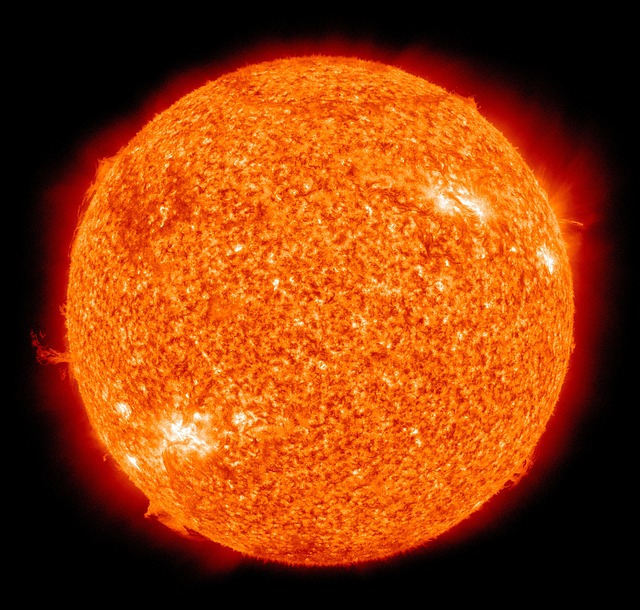
The history of the Sun
Yes, amazingly this big giant ball has quite a history! Take a look at the path it went on to be discovered as the sun we know it to be today.
The Sun has a huge influence on Earth and because of this, many ancient cultures saw the Sun as some type of god.
The Ancient Egyptians had a god called Ra, while in Aztec mythology they had a Sun god named Tonatiuh.
It is also thought that prehistoric stone circles, like the Stonehenge in England, were built to worship the Sun.
Many, many years ago, people believed that the Earth didn’t move and that the Sun rotated round the Earth.
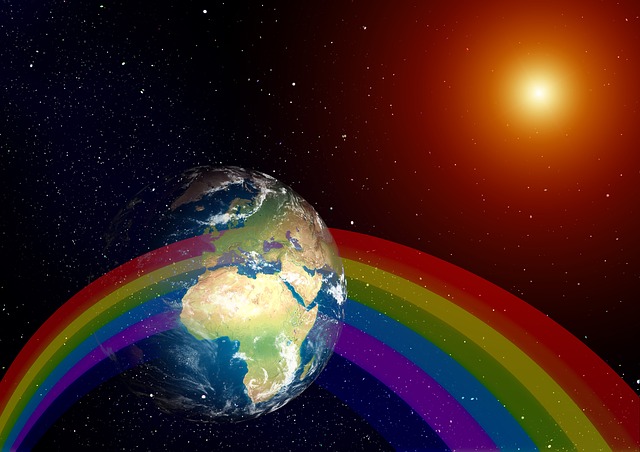
The first person to ever suggest that the Earth and other planets moved around the Sun was Aristarchus of Samos, more than 2,000 years ago.
But then the scientist Ptolemy, over 300 years later said that the Earth was the centre of the universe. For the next 1400 years, people believed this.
Copernicus
A Polish scientist by the name of Nicholas Copernicus wrote a book in which he tried to prove that the planets moved round the Sun.
It was called ‘De Revolutionibus Orbium Coelestium’, which means ‘Concerning the revolution of the heavenly spheres’.
Believe it or not, people who agreed with him were often thrown in jail or even put to death. That’s a bit harsh.
Galileo and Kepler
The work of Galileo and Johann Kepler, other famous scientists, found Copernicus’ theory to be right.

Solar is the adjective from Sun and it comes from the Latin word ‘sol’, which also gives us the French word ‘soleil’. A little bit of a language lesson in here too.
But this theory was never really accepted until the great English scientist Isaac Newton published his stuff on the theory of gravity and finally proved that the planets orbited around the Sun.
What is the Sun and how does it work?
The Sun gives life to Earth from all the energy the Sun makes and generously gives to us. So we’d better thank the Sun for all that we have!
Guess what? The Sun is actually a star. Wow, that is one big star and it is found right slap bang in the center of our Solar System. It is one of millions and millions of stars.
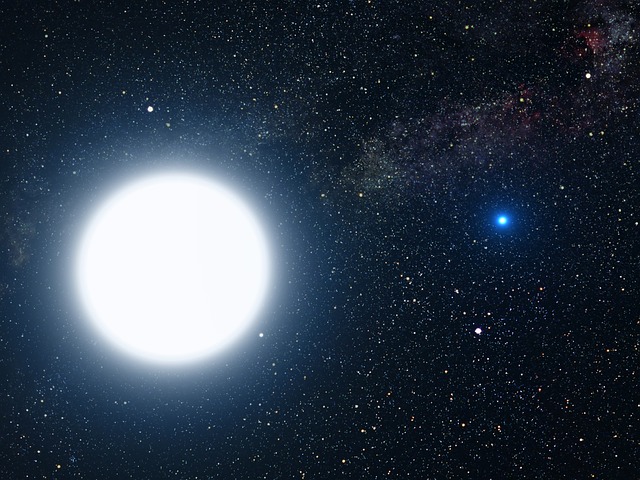
The Solar System is rather large to say the least, but believe it or not, the Sun makes up 99.86% of the Solar Systems mass. Yes, you did read right, that’s unbelievable.
The Sun is responsible for our climate and weather. So maybe when winter comes along it feels a bit blue!
The Sun – a huge star
Are you ready for this? The Sun is 865,000 miles (1,392,000 kilometers) wide. That is seriously big and it is about 110 times wider than the Earth’s diameter.
We think we live in a big place but we ain’t seen nothing yet, that’s for sure.
If the Sun were the size of a beach ball then Jupiter would be the size of a golf ball and the Earth would be as small as a pea. Now that makes it a bit easier to picture.
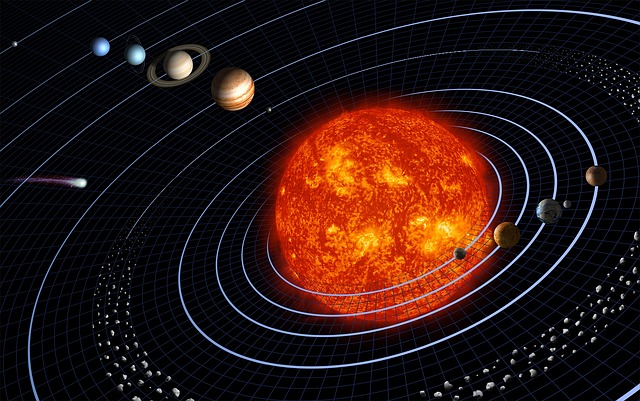
How many Earths could fit inside the Sun?
Even more amazing is the fact that one million Earths could fit inside the Sun. Can you just imagine? If a hollow Sun was filled up with round Earths then about 960,000 would fit inside.
But if these Earths were squished inside with no wasted space then around 1,300,000 would fit inside. The Sun’s surface area is 11,990 times that of the Earth’s.
It’s hard to even try and begin to imagine the size.
What is the Sun made up of?
Around 74% of the Sun’s mass is made up of hydrogen, which is amazing as it is a very, very light gas, in fact the lightest gas ever found. Helium makes up around 24%.
Did you know that Helium is actually formed by squashing four hydrogen atoms together into one new helium atom? Wow.
The rest of the Sun is made up of other heavier gases like oxygen, carbon, iron and neon.
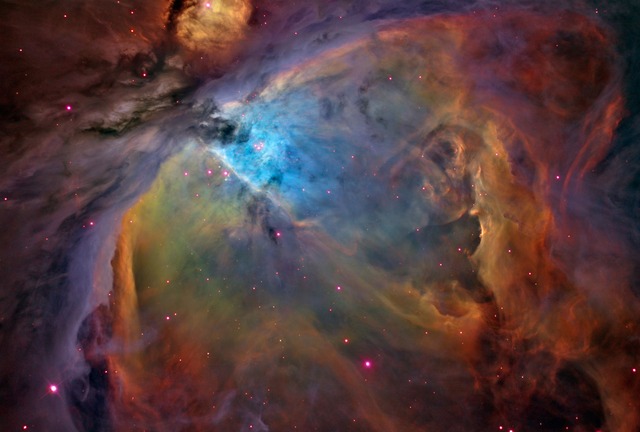
Now this is quite something. The Sun is about 93,205,678 miles (150 million kilometers) away from the Earth. So that’s quite far right. Think of that huge distance.
Unbelievably, the light from the Sun takes 8 minutes to reach the Earth. How in the world does it travel so fast?
The light travels at about 186,411 miles (300,000 kilometers) per second and when you divide the two it gives an approximate time of 500 seconds or 8 minutes and 20 seconds.
When we compare this to Pluto, the outer most planet, the light takes 5.5 hours to travel from the Sun to Pluto.
How hot is the Sun?
The Sun is 9,941 degrees Fahrenheit (5,500 degrees Celsius). If you compare this to how hot it gets on Earth, the highest temperature ever recorded was 134 degrees Fahrenheit (56 degrees Celsius)!
The Sun is 74 times hotter than the highest ever temperature on Earth. If you go there, you’ll need to invent an ice suit to keep you cool.
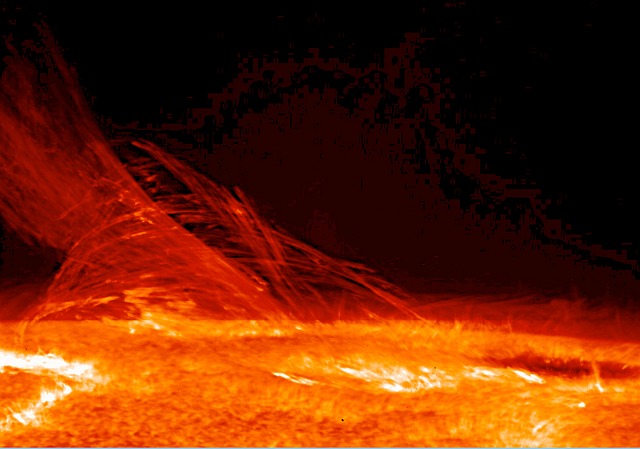
Okay, so this is mind boggling! The Sun’s core is around 24,480,032 degrees Fahrenheit (13,600,000 degrees Celsius)!
Hot objects normally expand, and the Sun would explode like a giant bomb if it weren’t for its enormous gravitational force. Not sure that this is the best place to visit, we could fry!
A solar eclipse
Have you heard of a solar eclipse? Well this is what happens with the moon comes between the Sun and the Earth. It’s really cool to see.
This shuts out most of the light of the Sun. Sometimes only part of the moon comes between us and the Sun and this is called a partial solar eclipse.
No solar eclipse can ever last longer than 7 minutes and 40 seconds. At any place on the Earth, a total solar eclipse occurs on average only once every 360 years. That’s a long time to wait.

How much does the Sun weigh?
The Sun weighs an astounding 4,385,214,857,119,399,823,317,774,893,056 pounds (1,989,100,000,000,000,000,000 billion kilograms), which is 333,060 times the weight of the Earth.
It’s mind boggling. Can you even say that number?
The Sun is estimated to be 4.6 billion years old, and in galaxy terms its only middle aged. Well well. It’s already burned off about half of the Hydrogen that it stores, and has enough to keep going for about another 5 billion years.
It’s now known as a type of star called a yellow dwarf. In that heat and at that age, it has got to need some glasses.
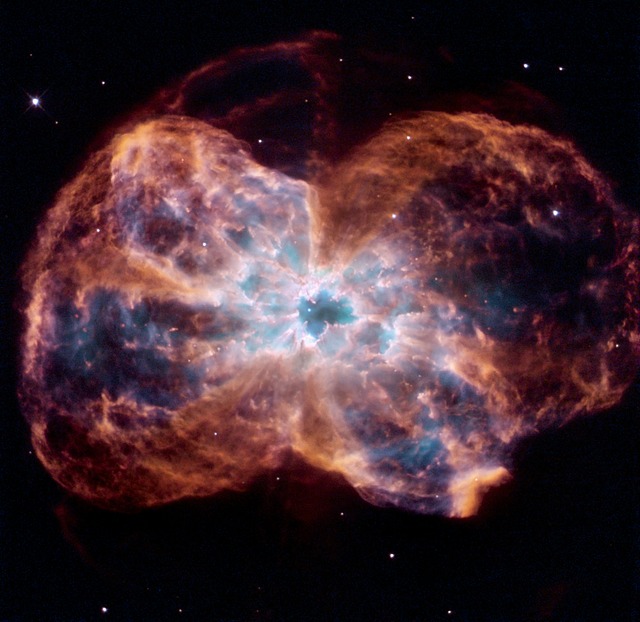
Don’t be scared by this fact as it won’t happen in our lifetime, but one day the Sun will kind of eat the Earth all up.
When all the hydrogen has been burned, the Sun will keep going for about 130 million more years, burning helium.
While it’s doing that, it will be a bit greedy and get so big that it will just absorb Mercury, Venus and Earth. It will be called a big red giant and will certainly look like one too.
Also Read:
A White Dwarf
So once the Sun has eaten up the planets, it will then collapse. It will still weigh a huge amount, but it will be about the size of Earth. After this phase it will be called a white dwarf.
The Sun travels at 136 miles (220 kilometers) per second, yes per second.
It is about 26,000 light years away from the center of the galaxy and it takes the Sun about 250 million years to do a complete orbit of the center of the Milky Way.
Wow, that’s unbelievable considering how fast it moves.
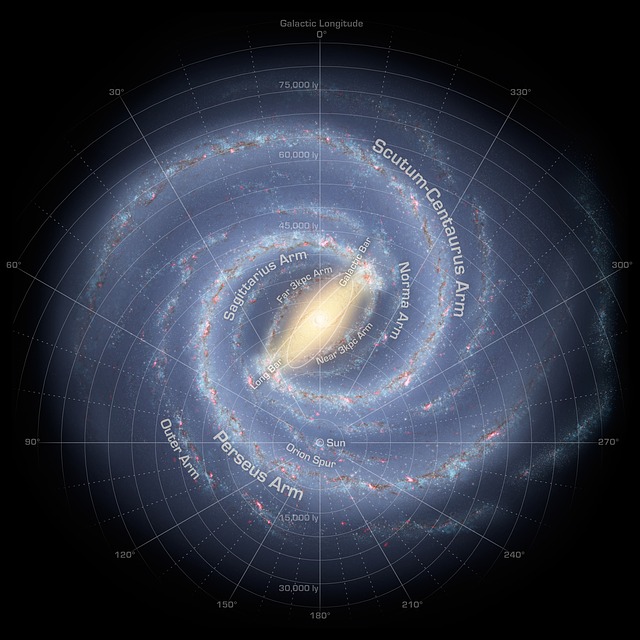
The Sun has a very strong magnetic field. There are things called magnetic storms and solar flares happen when magnetic energy is released by the Sun.
We see these as Sunspots, but the magnetic lines are all twisted up and they spin just like a tornado. That must be one strong force to deal with.
How far are all the planets from the Sun?
| Planet | Distance |
|---|---|
| Mercury | 35,983,125 miles (57,909,227 km) |
| Venus | 67,238,250 miles (108,209,475 km) |
| Earth | 92,956,050 miles (149,598,262 km) |
| Mars | 141,637,725 miles (227,943,824 km) |
| Jupiter | 483,638,563 miles (778,340,821 km) |
| Saturn | 886,489,415 miles (1,426,666,422 km) |
| Uranus | 1,783,744,299 miles (2,870,658,186 km) |
| Neptune | 2,795,173,959 miles (4,498,396,441 km) |
| Pluto | 3,649,934,383 miles (5,874,000,000 km) |
If we had to try travel to these places it would take us millions of years!
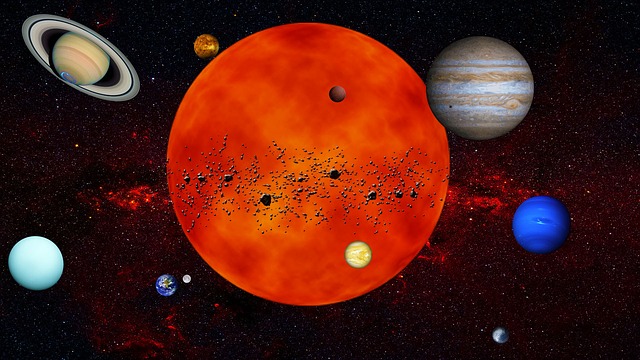
The reason we see the Sun as a big round red ball, is that we’re much closer to it than any of the other stars. Well now we know.
The Sun just looks like one big ball, but it actually has six layers to it. So it’s a fairly complex being in itself.
Other amazing facts about the Sun
There’s even more to learn:
Always remember this: never look at the Sun directly, especially on a very bright day. It can hurt your eyes.
The Sun is one among the 6,000 stars that we can see with our naked eyes from Earth.
What is the Sun’s energy output?
The Sun’s energy output is 386 billion billion megawatts. The Earth gets 94 billion megawatts of energy from the Sun.
This is similar to 40,000 times the power needed by the US and is the same as the glow of 4 trillion trillion light bulbs of 100 watts. That is a serious amount of energy.
The total amount of fossil fuels that have been used by humans since ancient times is less than 30 days of energy reaching the Earth’s surface from Sun. Astounding.

All the coal, oil, gas, and wood on Earth would only keep the Sun burning for a few days. This just shows how much energy this massive star creates.
This is a really cool fact. If you had to take an area of the Sun’s surface that was the size of a postage stamp, it would light up 1,500,000 candles.
Each second the Sun loses 5 million tons of material. It just floats off into space.
The pressure at the Sun’s core is 340 billion times the pressure at the Earth’s atmosphere.
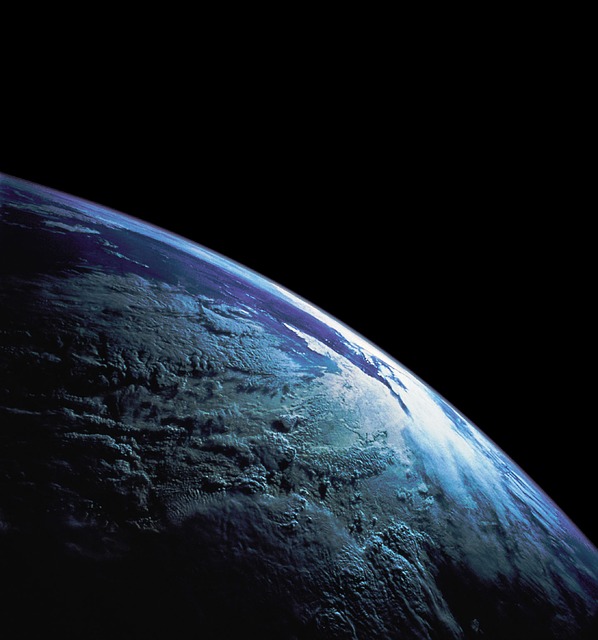
If the Sun stopped creating energy today, we’d only notice this in about 50 million years on Earth.
This is amazing. If a drop sized piece of the Sun that came from its core, was placed on the surface of the Earth, nothing, absolutely nothing would survive for a distance of 150 km just from that one small drop.
How much would you weigh on the Sun?
A man that weighs 60 kg on Earth would weigh 1680 kg on the Sun. That’s certainly a lot of growing.
If our Sun were just an inch (2.5 centimeters) in diameter, the nearest star would be 445 miles (716 kilometers) away.
The Sun has circled the Milky Way galaxy only 20 times since it was formed over 4.6 billion years ago. Wow.

What would happen if the Sun stopped shining?
If the Sun stopped shining, everything on Earth would freeze to death. Well best it keeps shining then.
In Norway at a certain time of the year the Sun shines all day and all night for three and a half months. How would you get any sleep?
The Sun is an almost perfect sphere (or circle). There is only a 6 mile (10 kilometer) difference between its two diameters. It’s the closest thing to a perfect sphere that has ever been seen in nature.
The Sun is truly amazing and the things it does just boggle the brain. Boast about your new knowledge to your teachers and friends – I bet they won’t know all of these cool facts!

Also Read: Black hole facts
Useful Websites
To learn more about our fascinating sun and other stars and planets, check out the following useful resource: NASA for Kids
Activity: Sun Activity Sheet
Download or print our activity sheet to test your knowledge of the sun at home or in school.
Download Questions about the Sun (all answers found on this page).
Why not explore our solar system and Planets?

